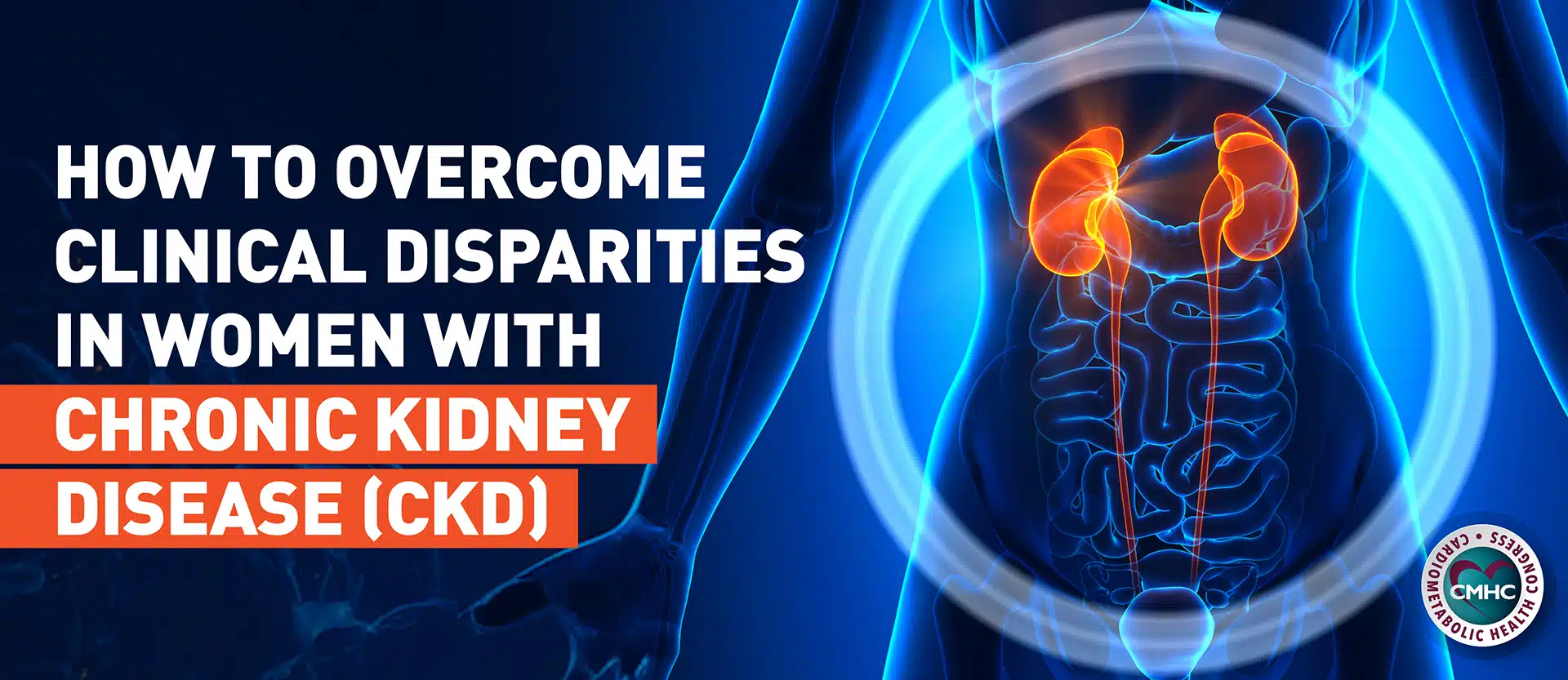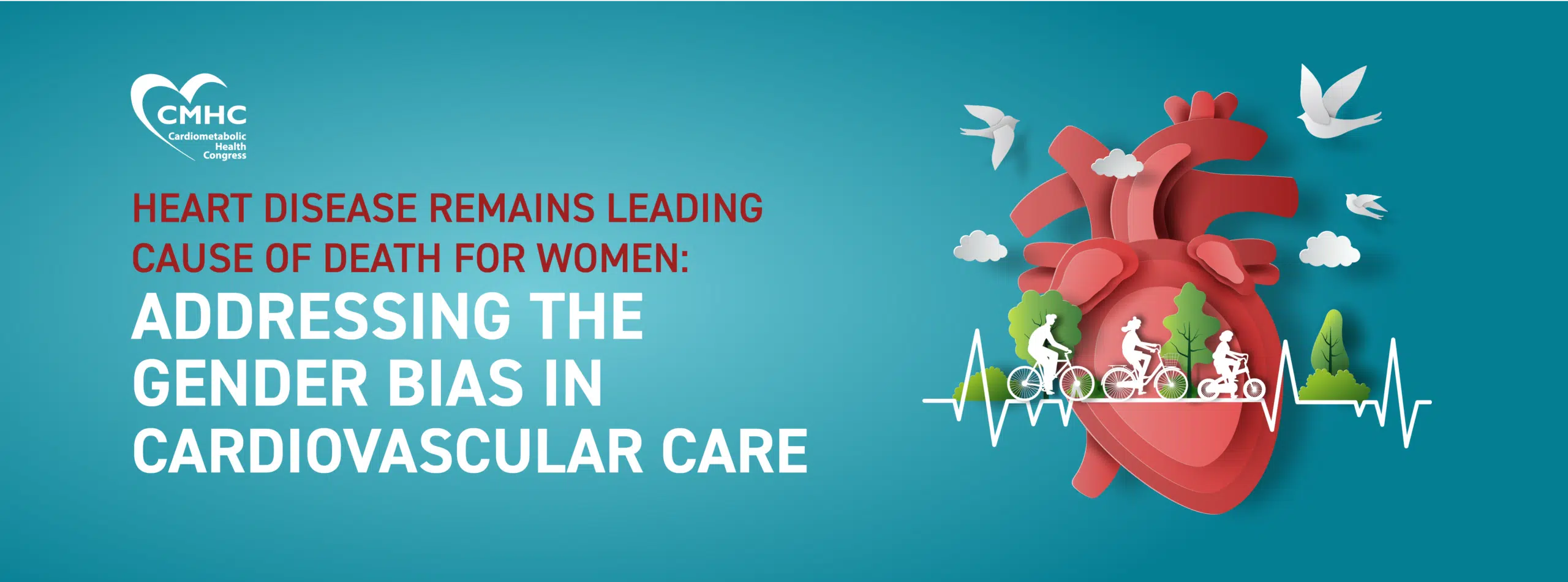Centered around education and lifestyle interventions, standardized outpatient cardiac rehabilitation programs are designed to assist patients with cardiovascular disease (CVD) and those after hospitalization for CV events or surgeries. Such programs have been found to significantly reduce the risk of death from heart disease, hospital and emergency visits, as well as future cardiovascular problems. However, many patients have limited access to such services due to limited availability, transportation challenges, and high costs.
Providing on-site outpatient cardiac rehabilitation has become a significant challenge in light of the COVID-19 pandemic as non-essential services have largely been halted and social distancing requirements prevent group activities from occurring. Although, healthcare systems rapidly adapted to these obstacles by shifting to telehealth services and delivering care remotely. Similarly, cardiac rehabilitation programs transitioned to a virtual care model during the pandemic. Recent research reports that these programs were able to maintain levels of patient acceptance, treatment adherence, and referrals observed with traditional in-person outpatient rehabilitation programs.
Shifting to Virtual Care
During the nationwide March lockdown in Canada, the Central East Cardiovascular Rehabilitation center in Toronto transitioned from an on-site cardiac rehabilitation model to virtual programming within 1 week. This evidence-based program included telemedicine visits conducted via telephone, email, mobile apps, as well as web-based video programs. Overall, the program serves patients across 17 communities with more than 3,600 patients per year and reports acceptance rates of 70% and completion rates of 60%. Findings of recent research exploring the efficacy of this virtual cardiovascular rehabilitation intervention were presented at the American Heart Association (AHA) Scientific Sessions.
Attendance and Completion Rates
A team of researchers from the center compared attendance and completion of the virtual program with a matched 6-week period from the preceding year. The total number of referrals increased by 32.8% during the lockdown period compared with the same period in 2019. Meanwhile, community referrals reduced by 87.7% in 2020 compared with prior year.
The researchers reported that attendance was stable during the virtual rehabilitation program; the attendance rate of scheduled appointments was approximately 85% of that for the matched period and the patient acceptance rate was over 90%. Only 9% of patients declined to participate in the virtual cardiac rehabilitation program.
One disadvantage of the virtual cardiac program was the doubling of related costs compared with onsite care delivery; an increase primarily attributable to increased staffing costs related to higher numbers of 1-on-1 patient consultations and smaller group interactions.
As virtual cardiac rehabilitation programs were found to be as effective as in-person, outpatient rehabilitation services, they could be used on a wider scale to increase equitable access and participation rates for cardiac patient populations across different demographics. Ultimately, these methods could be used to improve outcomes for cardiovascular patients and address racial disparities in health and medical care.
“We anticipated that the pandemic response would negatively impact referral, acceptance and completion rates,” lead study author Joseph A. Ricci, MD, of the Central East Cardiovascular Rehabilitation Program in Toronto told The Cardiology Advisor. “Based on this experience, modern technologies should be integrated into traditional delivery models beyond the pandemic period, including exploration of hybrid in-person, on-site and virtual rehabilitation programs.”

















